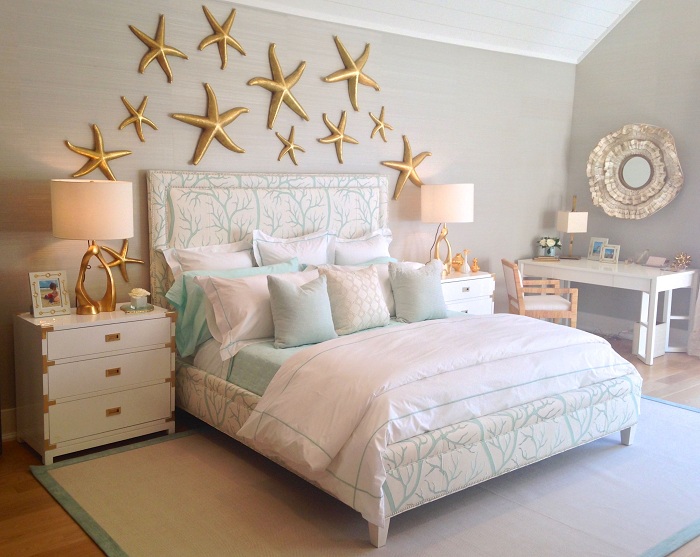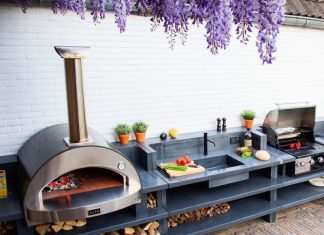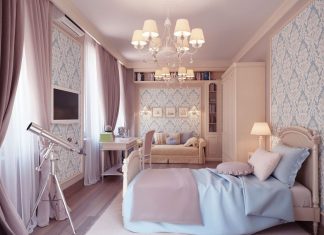Coastal style incarnates everything we love about being on vacation at the beach – the sun, the surf, the sand (although not literally). The style is comfortable and inviting and aims to put people at ease with its genuine charm and serenity. Learn more about how to achieve a coastal style here.
Mediterranean Coastal Stlye
The Mediterranean coastal style has been used and adapted throughout the centuries. When one speaks of the Mediterranean style, the most common origin that comes to mind is Greece, but the coastal towns of Spain and Italy also helped launch the Mediterranean style.Think lots of natural light with bright, sunbaked colors, terra cotta, heavy woods, black iron or metals, and carved detailing.
Stick to a simple layout
The layout is where modern coastal design really differs from its predecessor. In this case, rather than sticking to the overly filled floor plans that were popular in the past, embrace a minimalist approach that conveys a sense of modern sleekness.
To do this, allow the room’s function to be the star. When designing each room, make the furniture — whether it’s a large dining table or cozy seating area — the focal point. Be sure to leave lots of negative space around it so people can move comfortably around the room.
Keep in mind that, with layouts like these, the furniture you use is especially important. Since there will be fewer accessories to drive home the space’s style identity, choose pieces that are truly in tune with your coastal aesthetic.
Play with plenty of textures
Where coastal is concerned, visual weight — or how the design elements look like they feel — is crucial. Going to the beach is a tactile experience (think about digging your toes in the sand or the feel of rocks in your hand) so you want to do your best to re-create those sensations with your design choices.
Start by layering lots of different textures together. Take the picture above as an example. See how the area rug looks like it’s woven, the wooden pieces seem to have a bit of a rough finish and the clayware appears smooth? You want to choose pieces like these, with textures that are visually obvious.
In addition, include plenty of soft elements. The goal of coastal design is to make people feel comfortable, so be sure to include plenty of plush cushions, throw pillows and blankets to make the space welcoming.
Use both modern and traditional accents
The accessories are where you put final coastal touches into your aesthetic. In modern coastal design, you want to stick to fewer accent pieces than you would use in a more traditionally coastal home. That said, don’t be afraid to blend more trendy pieces with one or two statement items that infuse the room with a hint of beachy nostalgia.
For an example of what we mean by “modern” vs. “traditional,” consider this photo. Traditional is the sign proclaiming “beach” or items such as sand dollars or driftwood crafts. In contrast, modern pieces include the chevron pattern, decorative lanterns and shiplap dècor.





















































